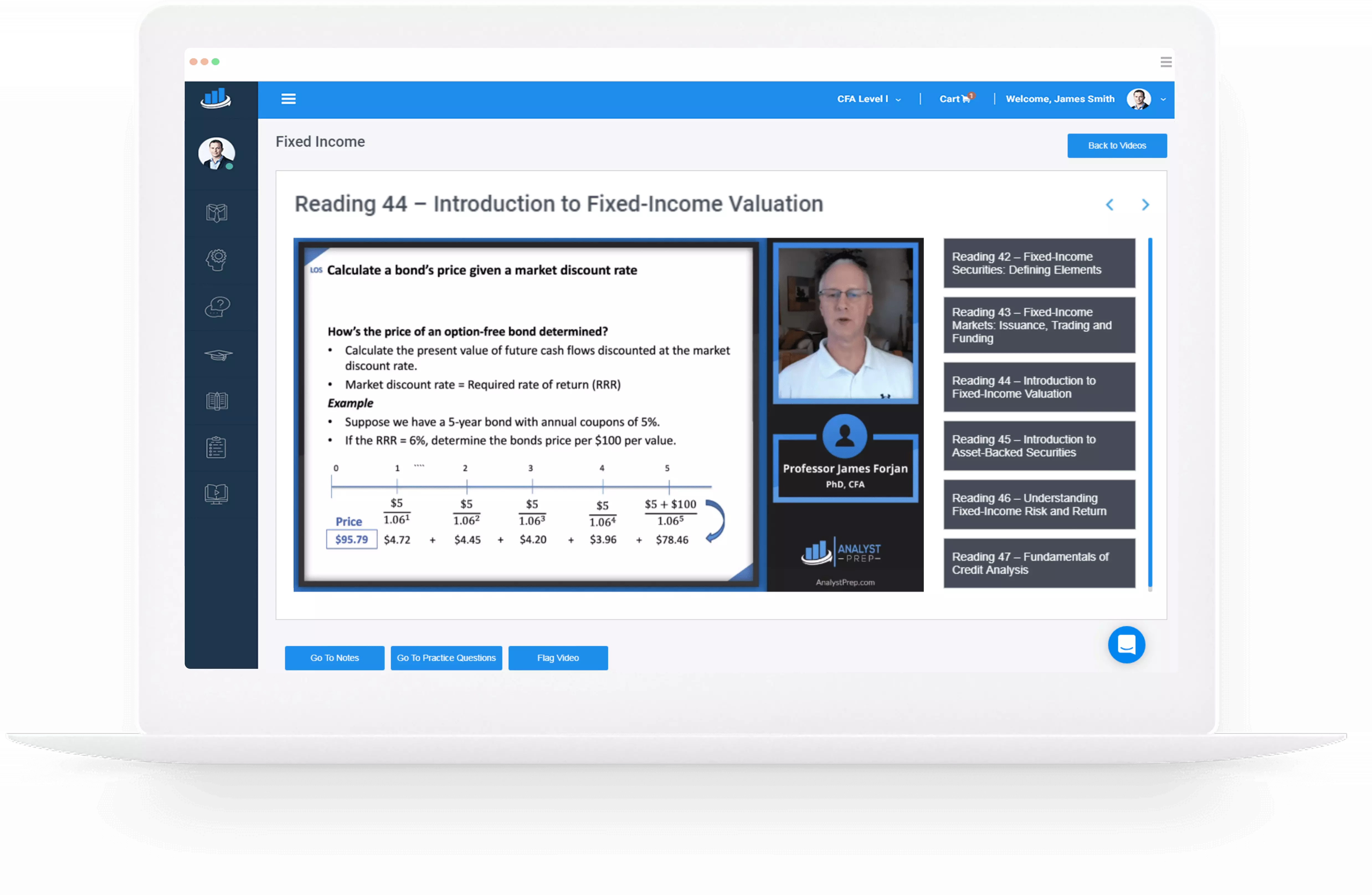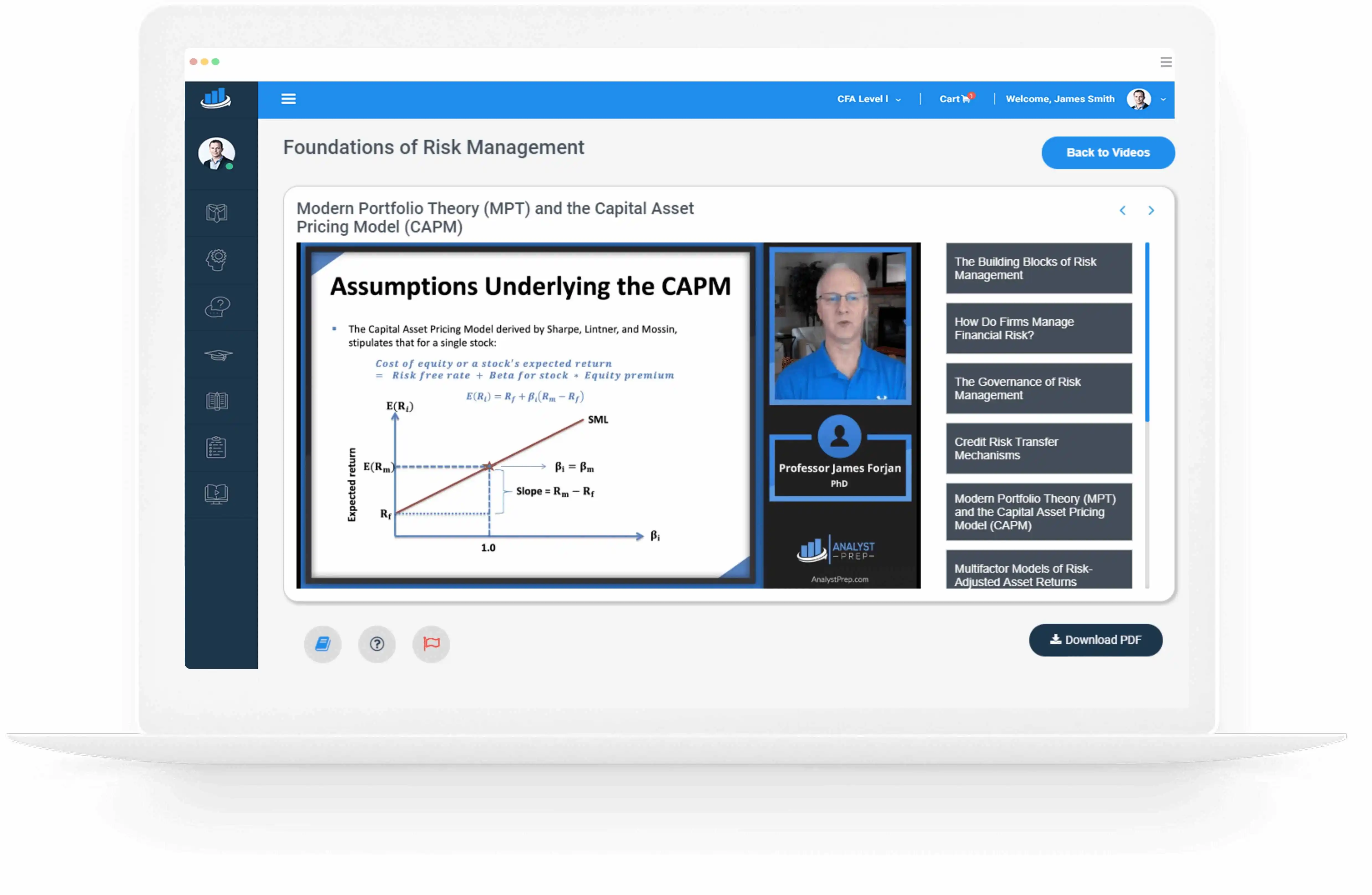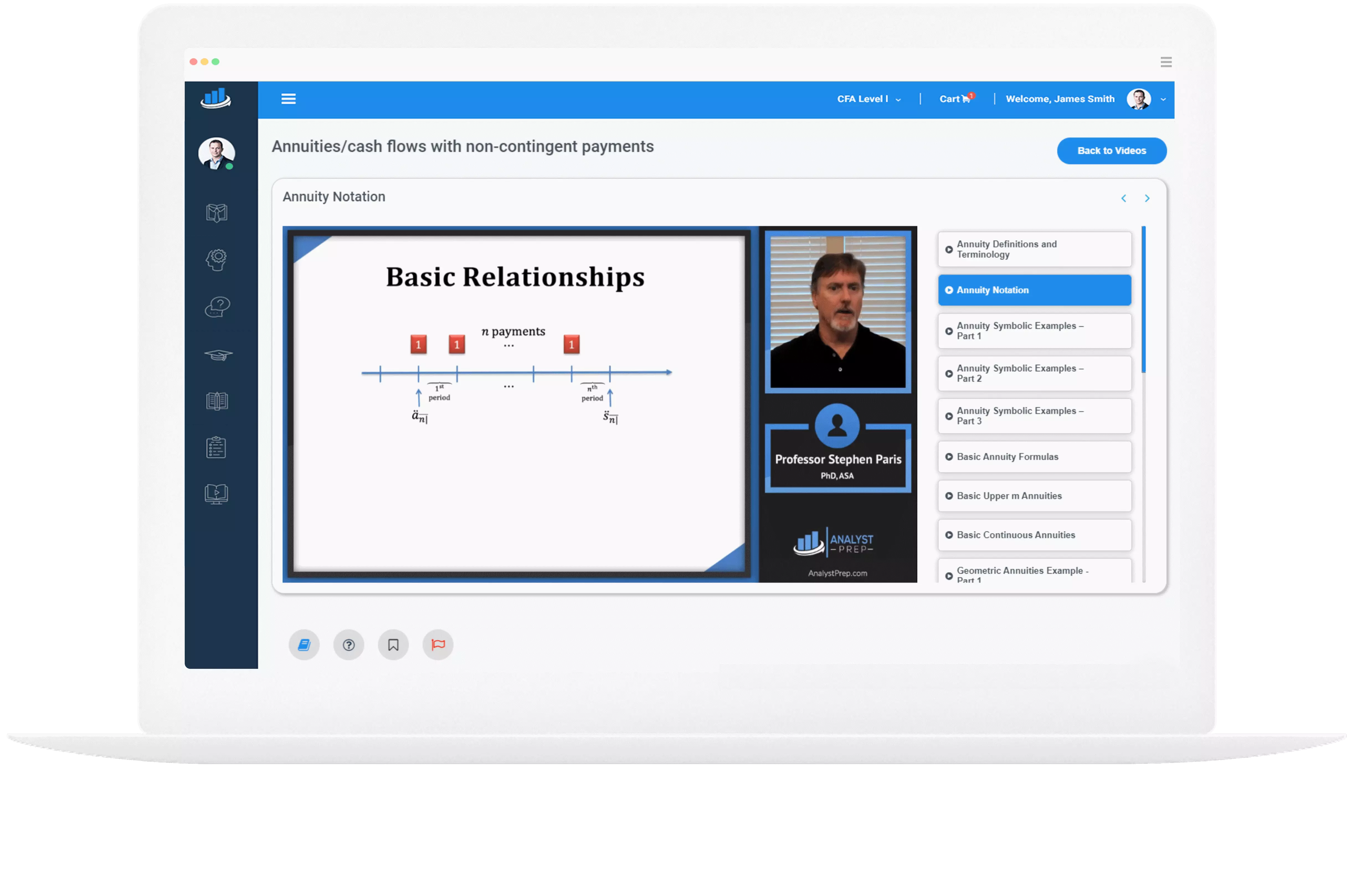Relationships Between Bond Prices and Bond Features
Inverse Relationship – Bond Price and YTM The price of a bond and the yield-to-maturity have an inverse relationship. The same is shown in the blue line in the figure below for a bond with a maturity of 5 years…
Bond Price Calculation Based on YTM
Bond Price Calculation The price of a bond is influenced by various factors, including its cashflow features and market discount rate. The cash flow features are periodic payments made to bondholders, such as interest or coupon payments. On the other…
Explain Factors Affecting Capital Structure
Both internal and external forces influence a corporation’s capital structure, varying among countries and sectors. These factors include: $$ \begin{array}{l|l} \text{Internal factors} & \text{External factors} \\ \hline \text{Business model characteristics} & \text{Market conditions} \\ \hline \text{Cash flows and Profitability} &…
Weighted-Average Cost of Capital
Cost of Capital The cost of capital is the rate of return the suppliers of capital (shareholders and debtholders) require as compensation for their capital contribution. In other words, the cost of capital can be seen as the opportunity cost…
Types of Real Options
Options are financial derivatives that give buyers the right, but not the obligation, to buy or sell an underlying asset at an agreed-upon price and date. In the same vein, real options are capital allocation options that allow managers the…
Principles of Capital Allocation
Capital Allocation Principles Although the known analytical tools and investment decision criteria are quantitative and clear-cut, there is significant room for errors and misjudgments. To enhance the decision-making process, it is essential to adhere to certain fundamental capital allocation principles…
Capital Allocation
Capital allocation describes the process companies use to make decisions on capital projects, i.e., projects with a lifespan of one year or more. It is a cost-benefit exercise that seeks to produce results and benefits greater than the costs of…
Types of Capital Investments
Capital investments (or capital projects) have a life of one or more years and are presented on the balance sheet as long-term assets. There are four main types of capital investments: Going concern (or maintenance) projects. Regulatory or compliance projects….
Managing Working Capital and Liquidity
The main objective of liquidity and working capital management is to maximize a firm’s value while ensuring ready access to capital to pay creditors and run day-to-day operations. Reducing the cash conversion cycle, gauging liquidity requirements, and reducing surplus funds…
Liquidity
Liquidity is the degree to which a corporation can satisfy its short-term obligations using cash flows and assets that can be quickly converted into cash. Liquidity management describes a company’s ability to generate cash whenever it needs to meet its…




